Build vs Buy a Shed: Is it Cheaper to Build Your Own?
-
- Last updated:
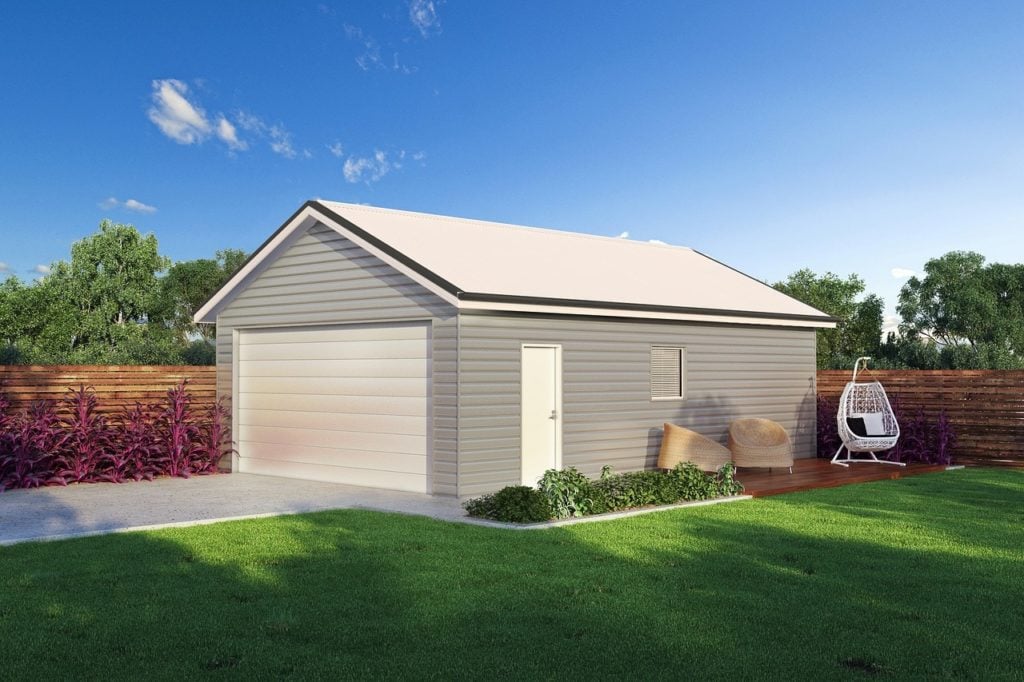

If you find yourself with many garden tools or have a pool with lots of accessories, you may find that a shed is required to store all the equipment. If your handy and like to build things, it’s natural to wonder if it would be cheaper to make your own. We’re going to take an in-depth look at both options to help you make the best choice for your circumstances.
Join us while we look at the required skill level, material, cost, regulations, and more to help you choose between building and buying your next shed.

Overview of Building a Shed:
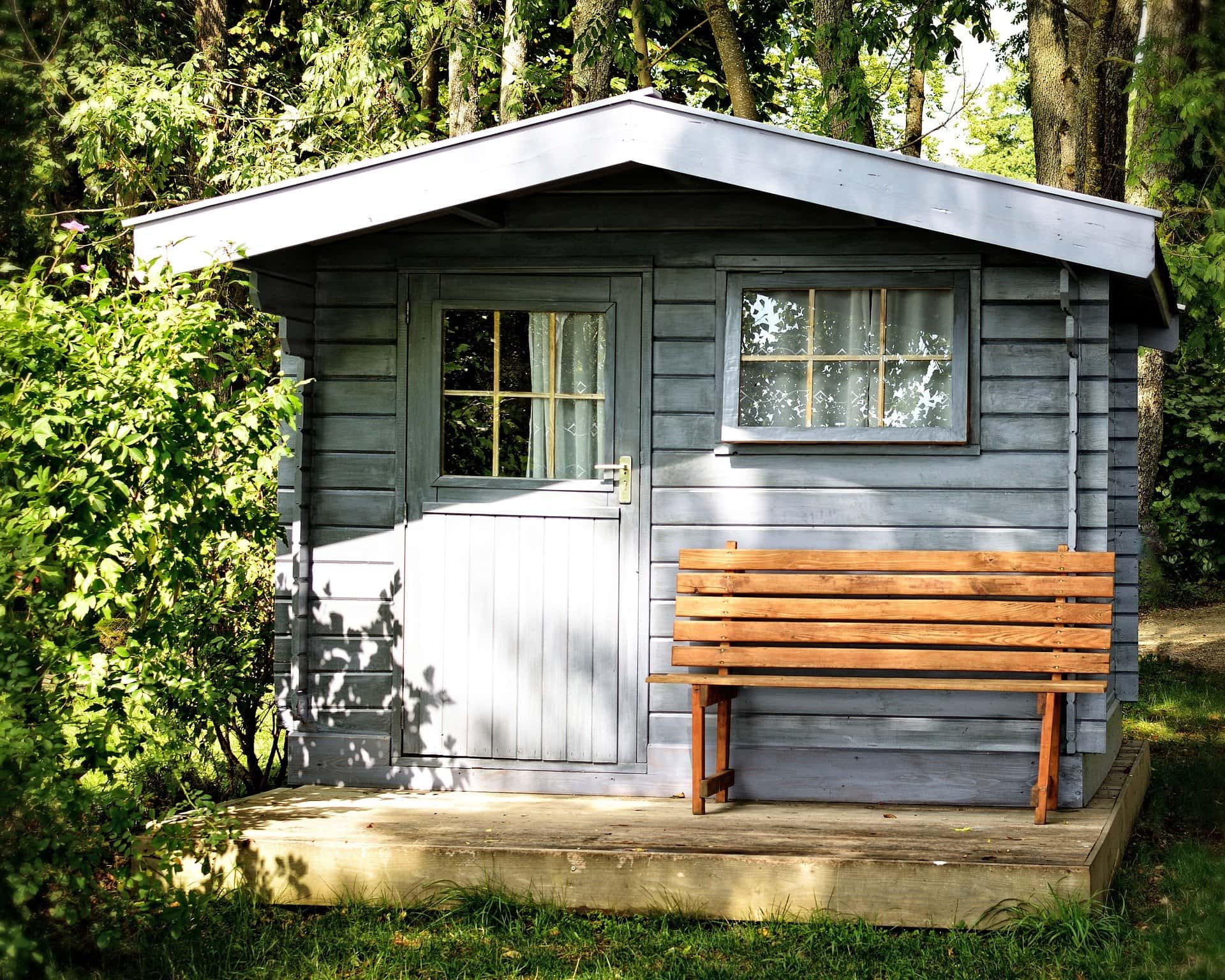
Building a shed will take a significant number of tools, materials, and skill. Even if you own tools, you may need to purchase additional ones to complete your shed. You will need to do extensive preplanning and designing before you start to build, and you will likely need at least one helper. You will need to choose the materials you use, which can be harder than you think, and it will take a lot longer to complete than if you purchase one, especially if it’s hard to schedule help. However, there are many advantages to building your shed.
Quality Control
Building your shed gives you more control over the quality of the finished product. You can inspect every piece of construction material to ensure it’s up to your standards: no flimsy plastics or low-quality lumber. You can install extra supports if you need them, hydraulic jacks for leveling, and any other features that bring up your shed’s quality, durability, and usefulness.
Budget Control
As we mentioned earlier, building your shed gives you complete control over construction costs. It allows you to cut corners where you feel it’s necessary and decide how much you want to spend. You can build it larger or smaller as it fits your needs. You can also determine if any extra features are worth the cost and only get what you need.
Less Expensive
Besides choosing your shed’s size and features, so you only pay for what you need, the materials often cost far less than in a pre-built model. It’s cheaper because you don’t have to pay for the labor so you can buy higher quality materials.
Ideal design
One of the best things about building your shed is that it will be exactly how you want it. It can be any size, with or without windows, large doors, hooks for tools, electrical outlets, space for a heater, and anything else you need to have the perfect shed.
Pride
When you build something yourself, it’s hard not to like it more than something you purchased. Once you complete the hard work, you will feel a deep sense of pride in your accomplishment, and it will help strengthen bonds between you and those that helped. It’s fun to build and will serve you for many years.
- Inexpensive
- Quality control
- Design control
- Enjoyment
- Time-consuming
- Requires expensive tools
- Requires helping hands
- Requires some skills

Overview of Buying a Shed:
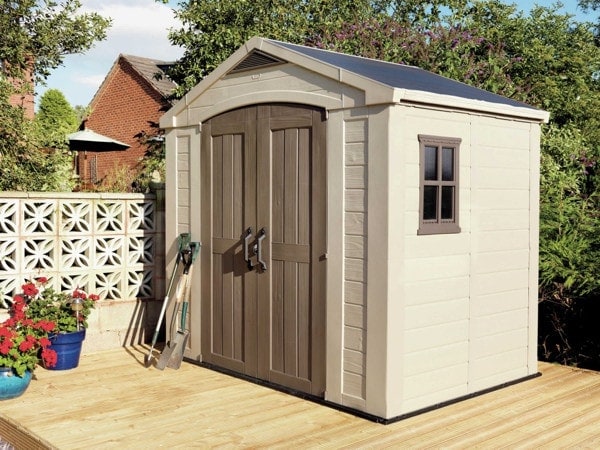
Buying a shed is the easiest option, and it’s the best choice if you are looking for the fastest solution or if you need your shed in place on a specific date. You won’t need to own or use any tools because the shed is delivered completely. All you will need to do is supply a foundation for the shed to rest on, which you can make out of 2x4s or cinder blocks, and you can even purchase one ready to use.
Advantages
You won’t need any tools outside a drill ad a screwdriver to attach any lock you want to add, and you shouldn’t need any help as the delivery guys will make sure the shed is level on the foundation. You don’t need any design skills that you need when building your own. You only need to choose the one you like best, often from a wide variety of shapes and sizes. One of the biggest advantages of buying your shed is that it usually comes with a warranty, so if anything isn’t to your liking, you can have it fixed or replaced.
Disadvantages
The disadvantage of buying a pre-built shed is that It can get quite expensive. Quality can vary dramatically, so you will need to know how to look for a well-built shed and need a keen eye to detect weak or cheap materials. You will also be limited in form and function to what you can find, so your shed may lack some features.
- Ready instantly
- No building
- No tools
- No designing
- Warranty
- Expensive
- Varying quality
- Not as many options

Construction Materials
One of the first and largest decisions you will need to make whether buying or building is the construction materials, so let’s look at the most common types to see which is best.
Wood
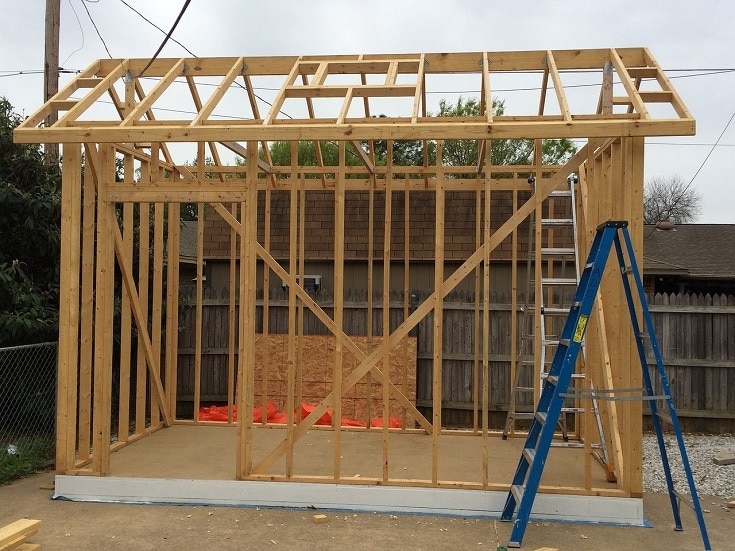
Wood is the most popular shed building material, and it’s available in many varieties. It looks nice even when using low-quality boards, and it is easy to cut and shape. It’s not overly expensive and will last a long time if you keep moisture out. The downside to wood is that it rots and is susceptible to insects.
- Easy to cut and shape
- Inexpensive
- Looks nice
- It rots
- Susceptible to bugs
Treated Wood
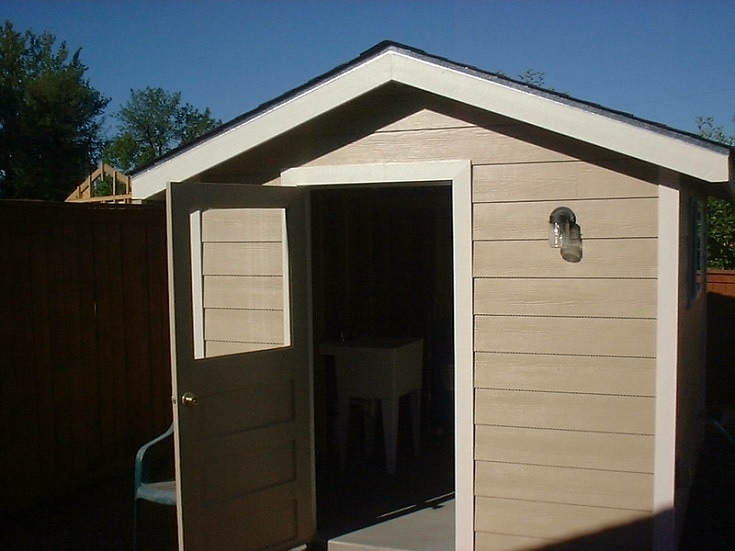
Treated wood resists moisture and insects, and it withstands the weather much better, but it is often too expensive to use for the entire project, so we usually only use it for the floor and foundation of the shed. However, if you have the cash, treated wood can be a great upgrade over standard lumber, and it will last quite a bit longer.
- Durable
- Resists moisture
- Resists insects
- Expensive
Plastic
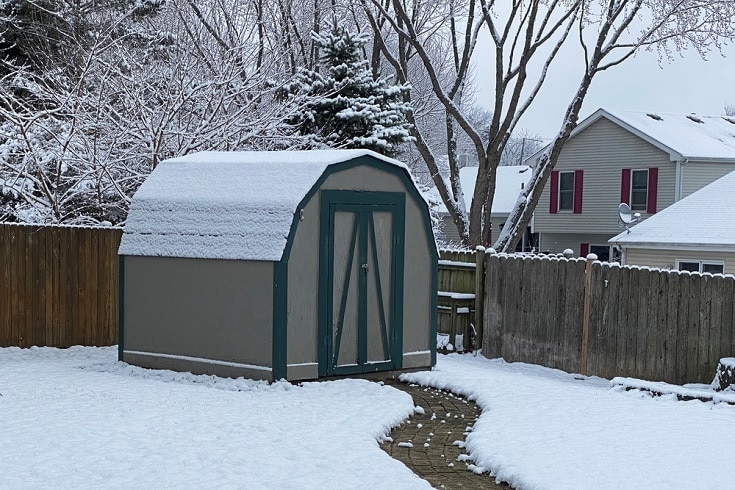
Plastic is a very common shed material, especially for pool supplies and children’s toys. It’s one of the least expensive materials, requires no maintenance, and it’s resistant to moisture and bugs. Plastic can deteriorate in bright sunlight, however, and it is not very sturdy. It also looks cheap when compared to other materials.
- Inexpensive
- Resistant to moisture
- Resistant to bugs
- Requires no maintenance
- Not sturdy
- Deteriorates in sunlight
- Looks cheap
Metal
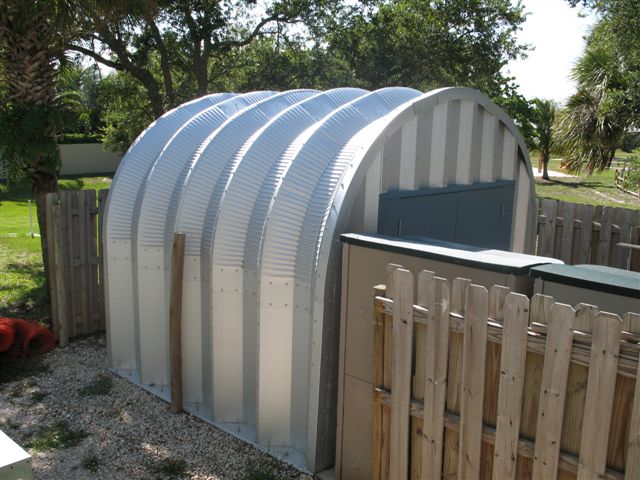
Metal sheds are the most durable and maybe the top choice for those that live in an area with frequent heavy storms. Steel will be the least expensive but the quickest to rust. Higher quality steel and aluminum will resist rust but cost more.
- Durable
- Several grades
- Resistant to bugs
- Rust
- Can be expensive
Vinyl
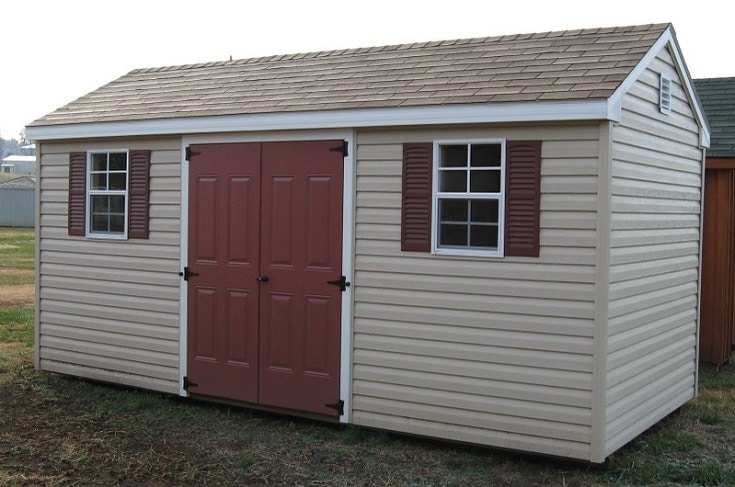
Vinyl is the most expensive material you can use, but it is also the most durable, lasting longer than even steel. It also looks more attractive than most of the other materials. Vinyl is very popular in pre-built sheds, which adds to their high cost.
- Attractive
- Long-lasting
- Resistant to bugs
- Requires no maintenance
- Expensive

Which is Right for Me?
The choice to build or buy comes down to your tools, skill level, size of the shed you want, and time you devote to the project. If you want something small and square to hold a lawnmower, you can probably build something out of wood in a few days with a minimal number of tools. The larger the project and the more features you require will increase the chance you will need expensive tools and require help that you need to pay. These additional items can quickly add up, and if you lack the building skills, the project might not turn out correctly. Therefore, if you are an inexperienced builder, you should save up and purchase your shed. You should also purchase one if you don’t have the time to build it quickly or can’t find the help you need.
Conclusion
We think building a shed is a great project for someone who needs a place to store a few garden tools and a lawnmower. If you want windows, electrical outlets, and other features, it might be better to purchase one unless you have a well-equipped workshop and plenty of experience.
We hope you have enjoyed our look into buying versus building and were able to make a decision that’s right for you. If you have learned something new and think it can help others, please share this guide to building and buying your next shed on Facebook and Twitter.
Featured Image: StevenSpies, Pixabay
Contents

